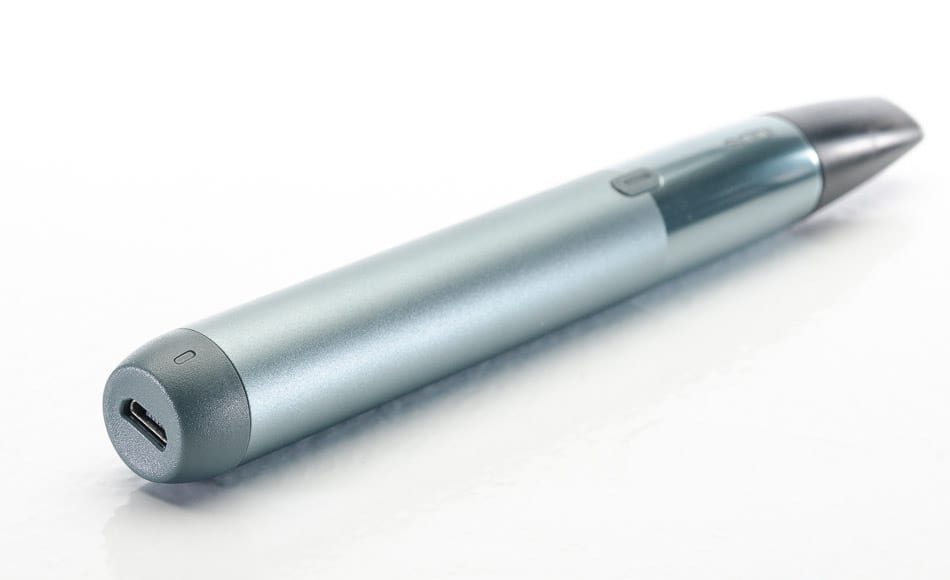One such study conducted by researchers from Kaunas University of Technology in Lithuania, in 2019, analysed the levels of aerosol particles, carbonyls and nicotine concentrations in indoor air from THS. They did this by comparing the indoor concentrations of substances such as formaldehyde, acetaldehyde, benzene, toluene, nicotine and particulate matter 2.5, from THS, with those from conventional cigarettes and other known air pollutants.
Pollution levels from THS are insignificant in comparison to cigarette smoke
The compiled data indicated that any adverse effects on indoor air quality from THS are insignificant in comparison to those from cigarettes smoke and other pollutants. “Use of THS resulted in a statistically significant increase of several analytes including nicotine, acetaldehyde, PM2.5, and PNC as compared to the background. The obtained levels were significantly lower (approximately 16, 8, 8 and 28 times for nicotine, acetaldehyde, PNC and PM2.5, respectively) compared to the levels resulting from conventional cigarette (CC) smoking under identical conditions,” read the study Abstract.
“In the controlled environment, the use of THS [as well as an electronic cigarette] resulted in the lowest concentrations of formaldehyde, benzene, toluene, PM2.5 among majority researched pollution sources [conventional cigarettes, waterpipe, incense, mosquito coils],” according to authors Violeta Kauneliene, Marija Meisutovic-Akhtarieva and Dainius Martuzevicius.
“Such data indicate that the levels of the main indoor air pollution markers in case of THS environmental aerosol may be too low to distinguish from the background, thus raising additional challenges for epidemiological studies aiming at the assessments of second-hand exposure in real-life environments,” they added.












